Implementing digital workflows: balancing innovation and compliance in capital markets
ION Group’s head of fixed income product development, Tommaso di Grazia, and head of secured funding products, Ed Tyndale-Biscoe, recently shared their insights with the ICMA podcast on ION’s innovations and the direction of technological developments in capital markets.
They underlined ION’s commitment to automating human activities across all businesses and leveraging technology to simplify complex processes. ION is a one-stop shop, covering the full functional stack required to operate on electronic markets and serve clients.
Its software is designed with an API-first concept in mind, allowing a high degree of customization through configurability and API integration at any level of the stack. User experience is front and center of ION’s mission. Its solutions provide a single consolidated system to view all different venues, make decisions based on the full view of the market, and manage the full business lifecycle across the front and middle office. They are designed to be fully real-time and scalable.
Di Grazia said that ION’s solutions were inspired by the observation that traders often relied on partial information, fragmented solutions, and complex workflows. ION consolidated all that activity into a single screen and automated activities that could be guided in a copilot or autopilot model.
Tyndale-Biscoe, pointing out that the repo and securities lending markets have historically been behind the curve when it comes to digitalization, said ION saw there was scope to increase the level of automation.
Discussing the challenges faced when first introducing their solutions to the market, the executives said there was the resistance to change, as people often prefer to stick to familiar ways of doing things. However, they found that working closely with clients and allowing them to customize the product helped overcome this obstacle. The solutions are built in partnership with clients. ION strives to balance innovation with real-world relevance, ensuring that products meet both the core and evolving needs of the market.
Balancing technological innovations and compliance
Looking ahead, Di Grazia sees regulation and market structure changes as challenges that market makers have to face. New technologies and better post-trade data dissemination offer new capabilities for price discovery and better client pricing. He also sees the emergence of new hybrid trading models and expects artificial intelligence (AI) to play a more significant role in trading.
Tyndale-Biscoe agreed, stating that the fundamentals of what the market is looking for are clear – real-time access to inventory, position information, pricing information, risk metrics, and credit information. He believes ION’s solutions are well placed to help the market achieve that, given that they’re built from the ground up to be fully real-time and provide granular information and connectivity to all trading venues. He also mentioned the need to be wary about how AI is used and deployed.
When asked about balancing innovation with regulatory compliance, they both acknowledged that the market landscape is constantly evolving and that while regulations can sometimes slow down innovation, they can also drive change. The work of ICMA and ISLA in championing the common domain model, which could significantly transform the business, is a clear example of this.
Looking ahead, they expressed optimism about the trend towards automation and transparency in different parts of the market, including repo and fixed income. They anticipated the continuation of this trend and the success of new markets, including on the interdealer side in both Europe and North America for repo and portfolio trading for fixed income.
Don't miss out
Subscribe to our blog to stay up to date on industry trends and technology innovations.


